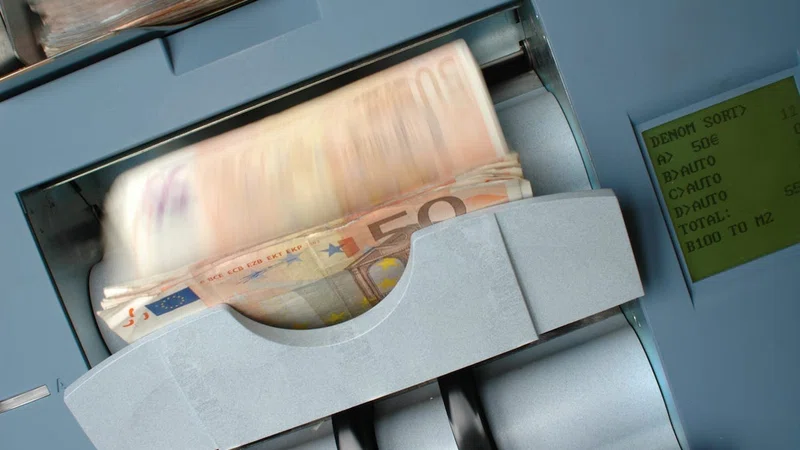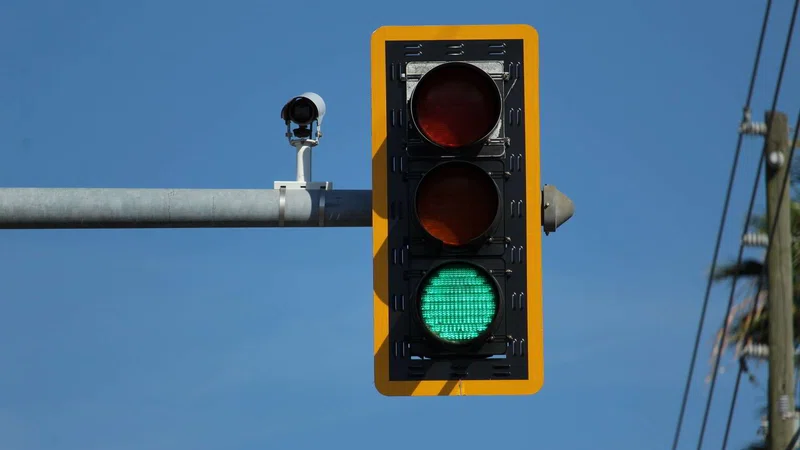The launch of Apple’s Buy Now, Pay Later (BNPL) product has been viewed as an industry disruptor. It's no wonder that the likes of Klarna, Afterpay and Affirm, have seen their valuations crater as the market weighs the impact of this new entrant, who not only has access to cheaper sources of funding than incumbents, but also has 1 billion captive potential customers. But what’s perhaps more interesting is what this means for Mastercard. Chosen to provide the card rails and BNPL capabilities on which Apple relies, they emerge as the real winners, extending their position as a forward thinking financial services platform. Bravo.
The Apple-Mastercard partnership
What makes the relationship between Apple and Mastercard such a game-changer is that the model enables Apple to provide their own branded Mastercard and issue the credit themselves. By removing the need to rely on a bank intermediary to issue the cards, endless red tape has been eliminated. While both Mastercard and Visa have provided the infrastructure directly for Banks and Financial institutions for some time, it has taken Apple to embrace it at scale.It’s a breath-taking move, and brilliant in its simplicity.
But it also highlights how far ahead Mastercard is from its competitors, including Visa.
Mastercard vs Visa
Back in the late 2010s, both Visa and Mastercard recognized the importance of providing a BNPL solution, projected to be worth $4 trillion by 2030. And they both entered the race, creating infrastructure that would allow banks to provide instalment services to their existing card holders alongside point of sale solutions. For a while, Visa seemed to be leading the charge, launching a beta version in 2019, with Mastercard not far behind. And both providers officially launched in 2021, following piloting and trials globally. The difficulty was getting banks and other ecosystem partners to leverage their BNPLinfrastructure. While there have been some wins, it has proved difficult to persuade Banks and other infrastructure partners (such as payment terminal providers) to make the investment.
While Visa waited for Banks to join them, Mastercard executed an investment strategy that enabled them to not only learn, but build real competitive capability. Consider their investment in Pine Labs in January 2020, one of Asia's leading merchant commerce platforms. In March 2022, Mastercard, DBS Bank and Pine Labs had announced they had partnered to launch ‘Mastercard Instalments with Pine Labs’ – a new program that allows credit cardholders to pay via interest-free instalments at merchants with the ‘Pay Later’ identifier, simply by presenting their cards at checkout. A brilliant strategic move by Mastercard, and a lesson to all corporate investment teams.
For years, Visa has been recognised as having double the market share of Mastercard, representing 50% of all credit balances. By market share, Apple is a deal that Visa should have won. But Visa appears to be on the ropes. Not only have they been unsuccessful at persuading the large banks to leverage their BNPL platform en masse, they have seen large banks such as Santander, FirstDirect and Natwest migrate their customers to Mastercards Debit cards. And when you add in the issues surrounding Visa’s challenge with Amazon over its pricing structure, Visa’s position looks questionable.
As Mastercard continues to move at the speed of a nimble fintech, is it time for Visa to rethink its game plan?













